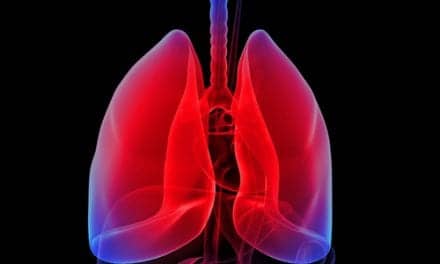The serious shortness of breath caused by chronic obstructive pulmonary fisorder (COPD) leaves everyday tasks, such as walking and climbing stairs, burdensome for sufferers. Exercising is an effective symptomatic treatment for COPD, but most patients with severe symptoms are unlikely to be able to partake in exercise long enough to reap the benefits.
To try and address this “Catch-22,” a recent study investigated the helpfulness of a computer game in decreasing the amount of air trapped in lungs during exercise, in turn improving the results of rehabilitation in COPD patients. The game acts as a virtual workout partner, showing where the exerciser’s breath is on a graphic interface. The game visualizes the goal to be reached, and provides real-time feedback and motivation as they train.
An inability to fully exhale air when active, known as exercise induced hyperinflation, is one of the key mechanisms leading to shortness of breath and exercise impairment in patients.
“Our primary goal was to determine if patients with COPD would achieve longer exercise duration if they were engaged in ventilation feedback, in addition to the regular exercise program over either ventilation feedback or exercise alone,” says Eileen G. Collins, PhD.
At baseline, all three groups showed similar exercise tolerance levels. At the end of the study, those that exercised and used ventilation feedback showed significant improvement in exercise duration, in addition to experiencing a reduction in exercise-induced hyperinflation.
The study was published in the April 15 edition of the American Journal of Respiratory and Critical Care Medicine.









